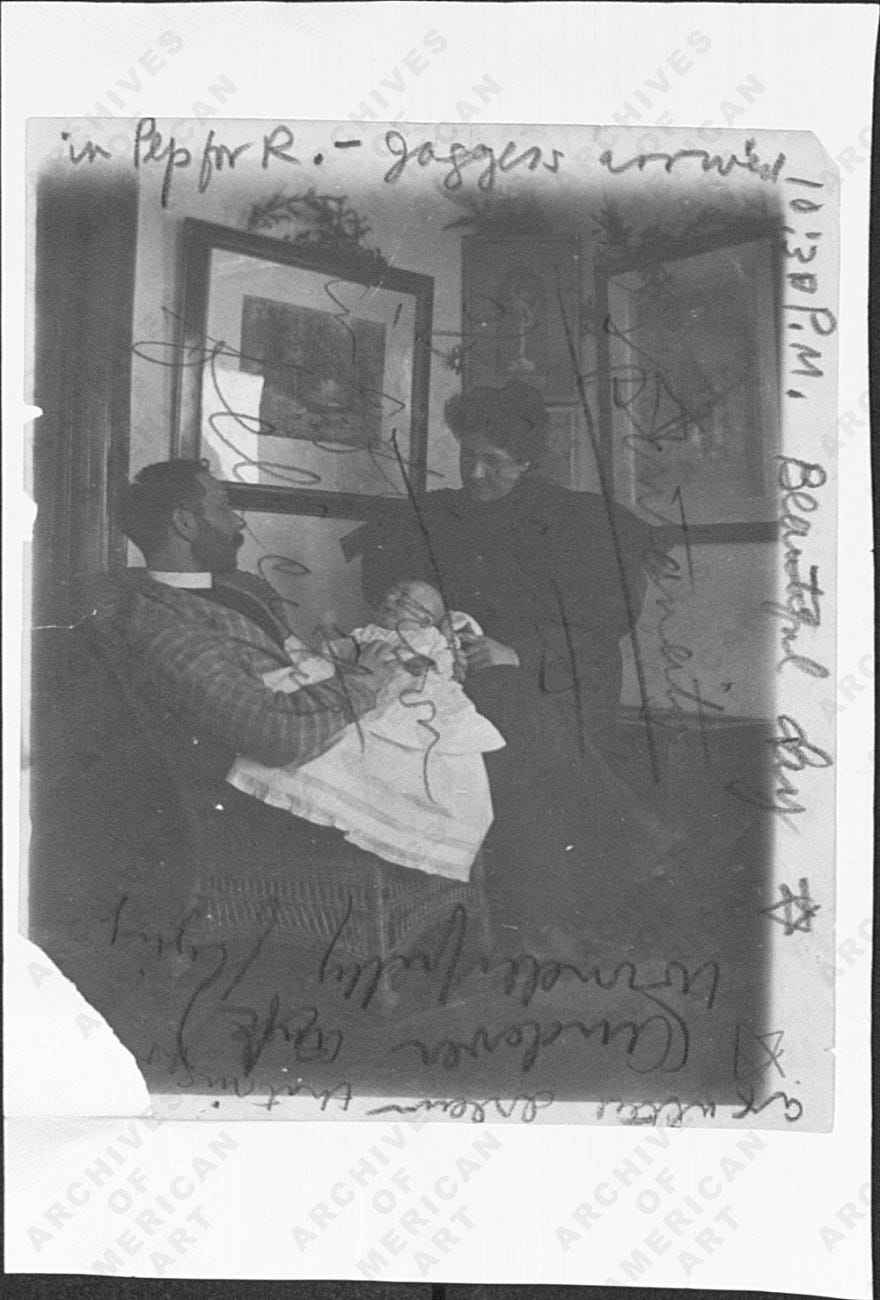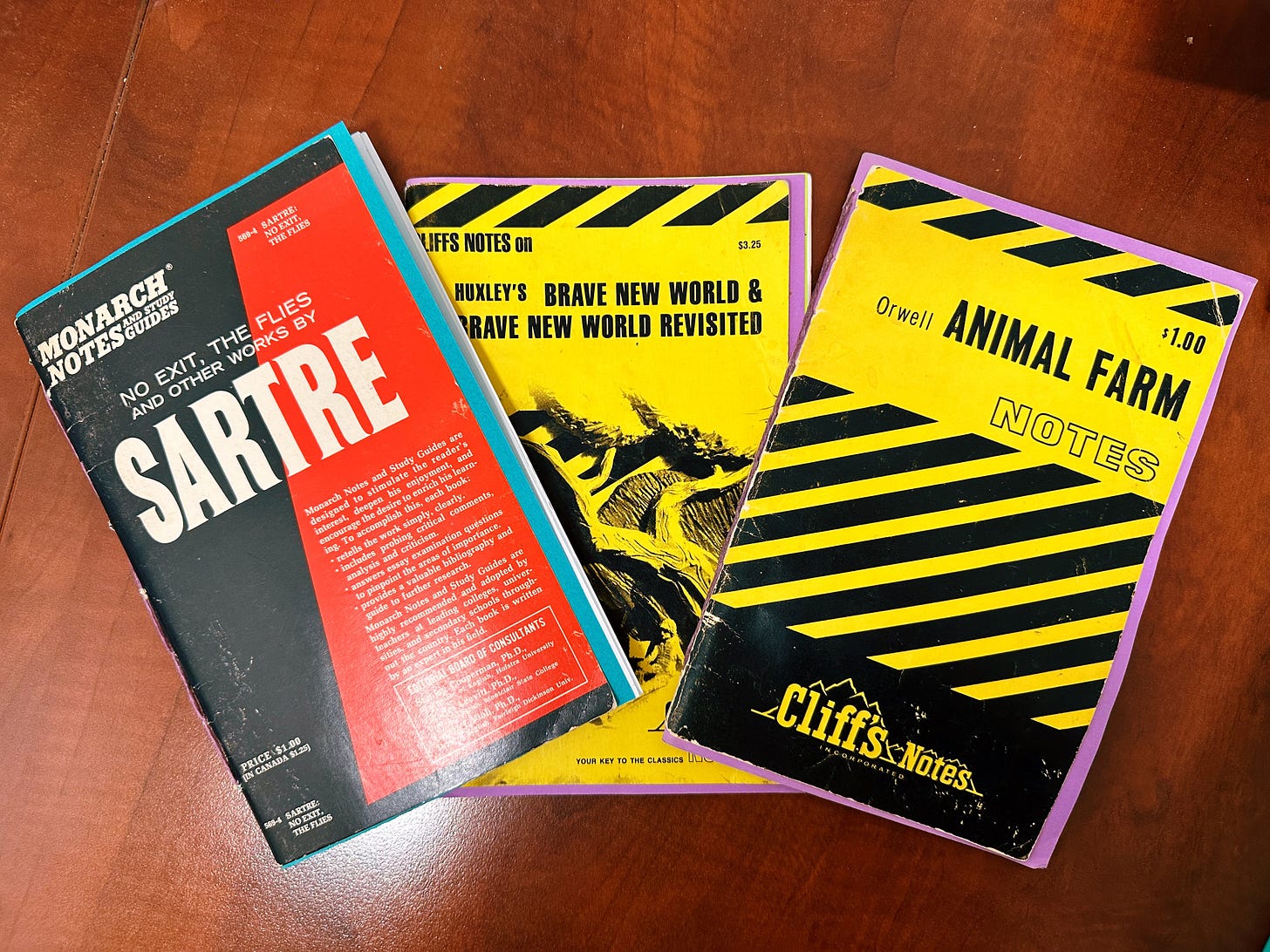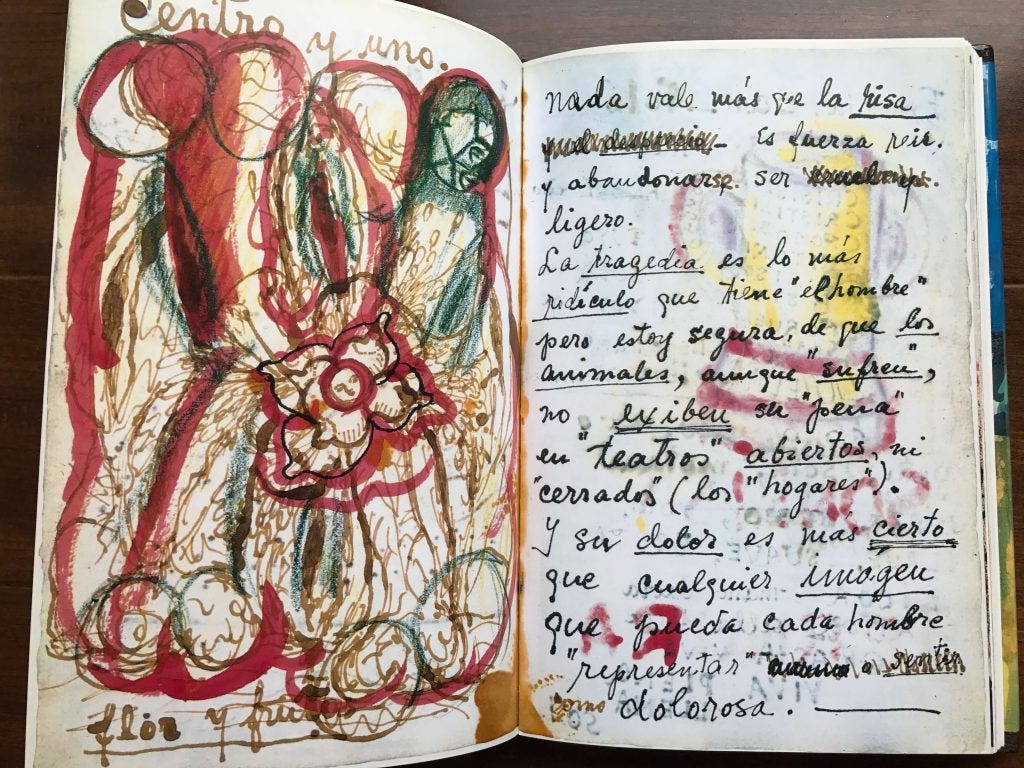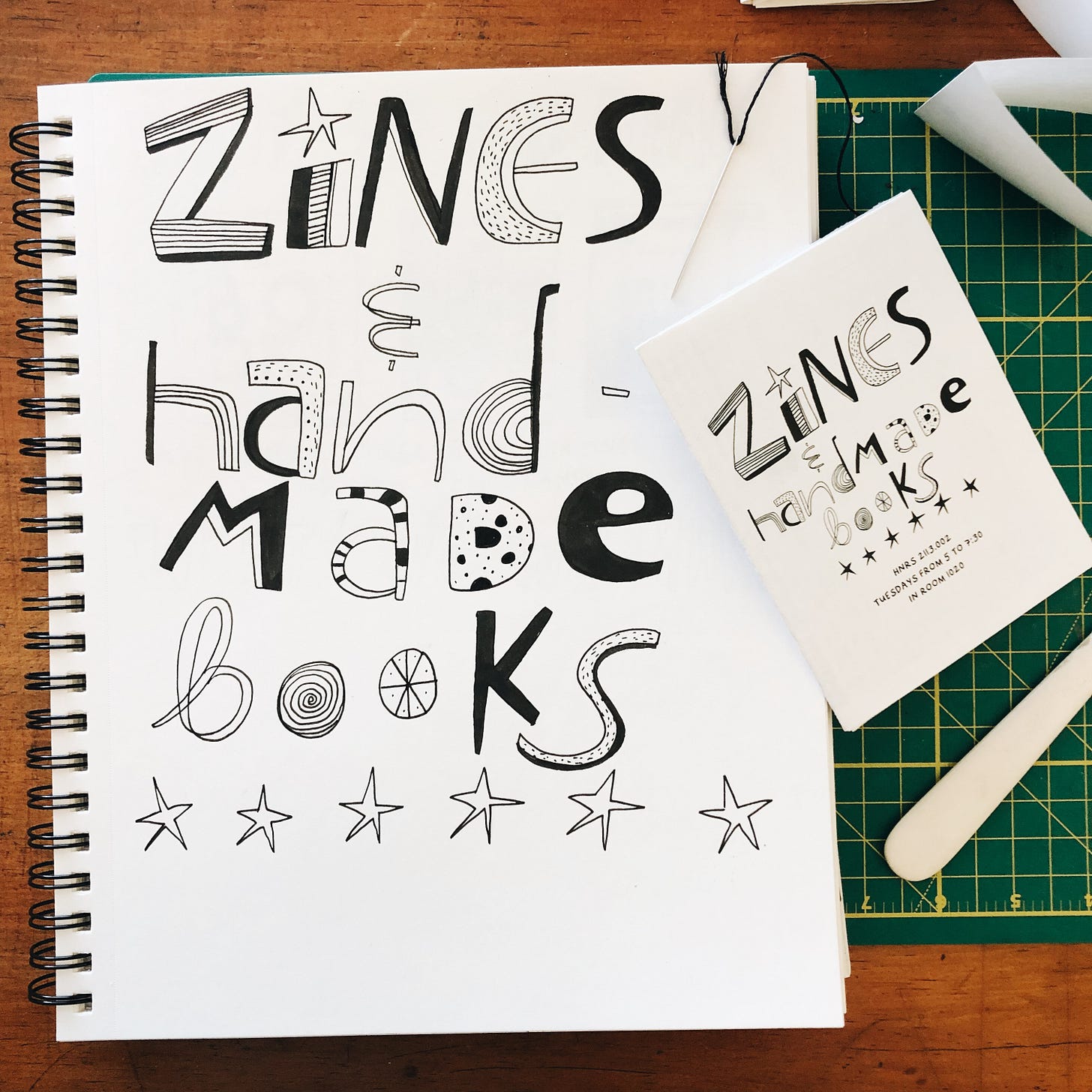The Joy of a Commonplace Book
Is your sketchbook too "clean"? Maybe it's time to revisit it as an idea-generator and memory-keeper, as a "commonplace book."
We’ve all seen them, those video or carousel posts showing off an immaculate sketchbook, where each page looks gallery-worthy. Trying to make each page a work of art puts a lot of pressure on you as a creator to make “finished” work rather than using the space as a scratch pad, a place to get ideas started and then tinker with them. Those messy pages are also a good place to record poems, song lyrics, quotes, conversations, and ephemera from your day that has left a little impression on you. “You have to be a magpie,” author Heather Parry said in a workshop, “collect everything from the world around you. You never know when you’ll use something.” For centuries we’ve been collecting these kinds of notes in books like sketchbooks or commonplace books. The commonplace book is a personal repository of knowledge, ideas, reflections, advertisements.

If you’re thinking this sounds like a scrapbook, or diary, you’re not wrong - there is overlap and shared properties between the different variations of personally kept books. I (Nora), find this definition from Ronald J. Zboray and Mary Saracino Zboray’s “Is It a Diary, Commonplace Book, Scrapbook, or Whatchamacallit? Six Years of Exploration in New England's Manuscript Archives,” helpful:
“While the folks who created these literary items recognized each one’s distinct form and purpose (the diary to record daily events, the commonplace books to transcribe extracts from printed matter, the household account book to track expenses, and the scrapbook to house clippings), in practice they often merged formats, so that a diary, for example could easily morph into a scrapbook or a scrapbook into a commonplace book.”
The Greeks and Romans jotted down ideas and advice (and probably arguments) in personal notebooks called hypomnemata. In the Medieval period, scholars recorded Biblical quotes and passages from classical authors in notebooks called florilegia ("gatherings of flowers"). During the Renaissance, folks started to love keeping personal notebooks when people started reading more (thanks to the printing press, books were more widely available)—how else might you keep abreast of all the information that was out there? ”Commonplace books” became a compilation of notes, from recipes, literary passages, and quotes. Michel de Montaigne’s essays began as a commonplace book. The philosopher John Locke even formalized a method of note-taking, complete with an indexing method. The author Charley Locke describes her contemporary “commonplacing” practice as though it’s a kind of diary that doesn’t embarrass her to revisit years later.

Frida Kahlo’s diary served as a commonplace book, filled with vibrant sketches, poems, and deeply personal reflections on her life and work.
Joseph Cornell kept journals and dossiers of ephemera, clippings, and notes that inspired his collage-like shadow boxes.

Henry Darger created extensive notebooks that compiled images, text, and drafts for his sprawling visual-narrative works—including a six-volume weather report (!).
When I teach Zines and Handmade Books at the University of New Mexico, the students and I make our own commonplace books using a sewn chain stitch. (I love trying to ditch the syllabus-first approach to teaching and make something right away.) This book becomes their place to be messy, to collect quotes, ideas, and inspirations, and plan their book projects for the semester. These books start a little worn and wonky—it’s the first project, after all. So, they don’t start out too precious or too pretty to make notes and freewrites in—it’s the material students collect that make them precious, sixteen weeks later.

Thanks for reading Autobiographix! This newsletter is a labor of love, where we get to share a mix of the nonfiction comics that we’ve found captivating, interviews with comics creators, and some of our own work. Nora is a licensed counselor who teaches comics on the side. Amaris teaches at the University of New Mexico and is an artist-in-medicine at the cancer center there. Her recent graphic memoir is Unfiltered: A Cancer Year Diary, a collection of diary comics about kidney cancer.







A friend just showed me their Commonplace book and it really inspired me! I have a pocket-sized one that doubles as a planner, but I'm itching to start a larger one.
Do you have any sort of recommendations for where I can find (or how I can make) a large and thick book to use as a Commonplace? I want to have plenty of pages, but I haven't seen a lot of notebooks that fit that description in my search so far.
Love this! I've got a few old Cliff's Notes, and a commonplace book seems like the perfect use of them!